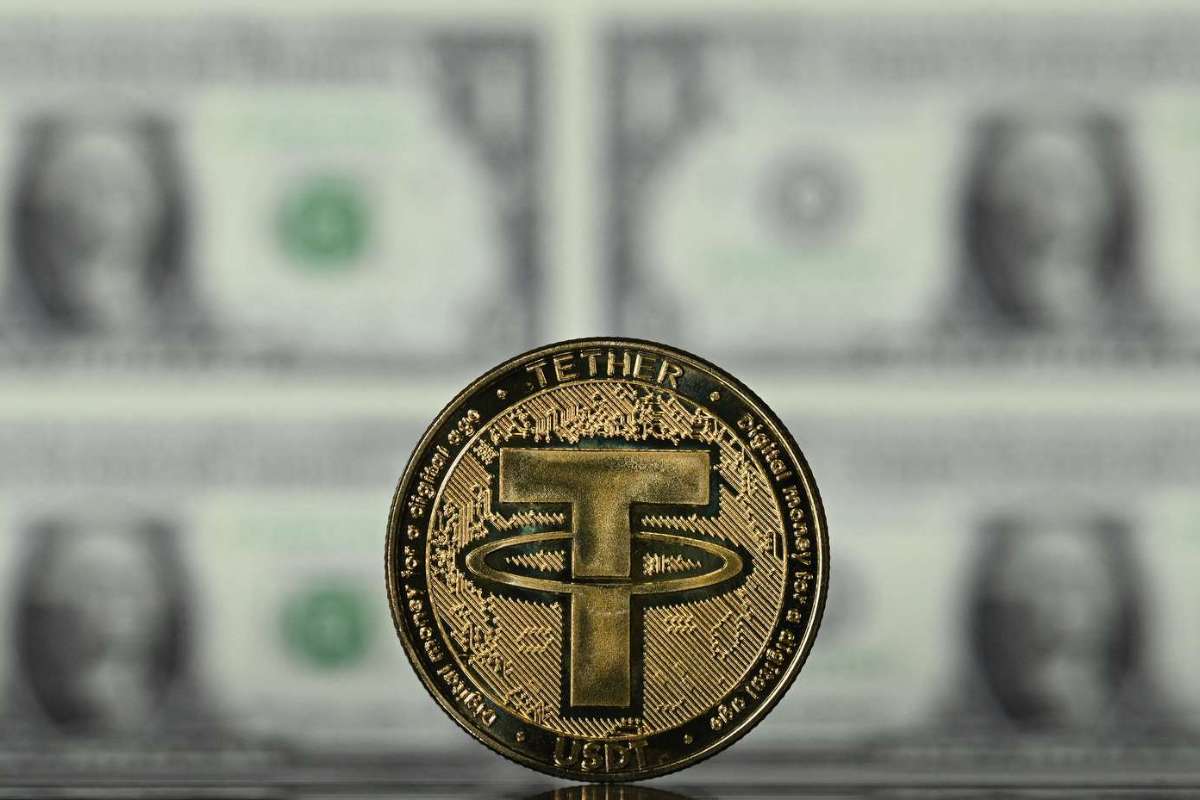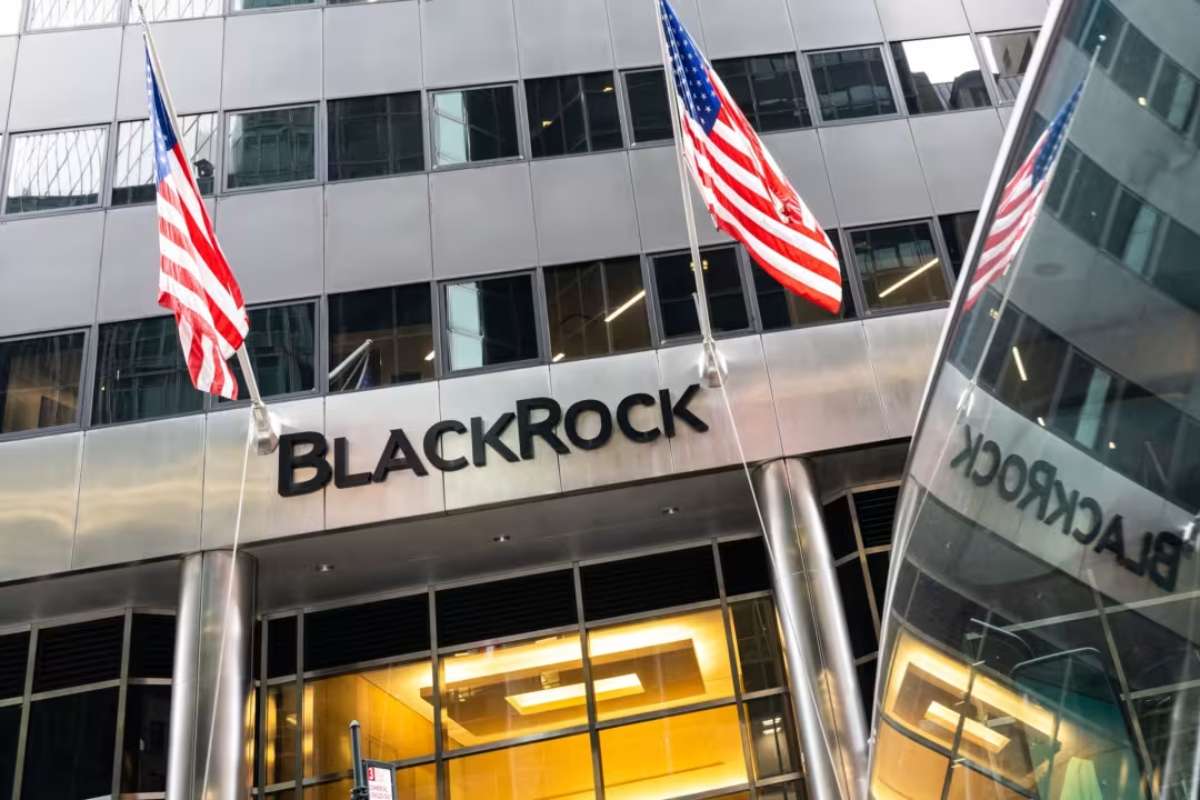Key Points:
- Tether is preparing a U.S.-compliant stablecoin aimed at institutions.
- The GENIUS Act sets regulatory clarity, enabling Tether’s re-entry into the U.S. market.
- Tether’s pivot targets enterprise growth, challenging USDC’s domestic lead.
Tether, the world’s leading stablecoin issuer, is laying the groundwork for a significant return to the U.S. market. Speaking to Bloomberg Television, CEO Paolo Ardoino revealed that the company is making “solid progress” toward launching a U.S.-compliant stablecoin offering, designed specifically for institutional use. This renewed push comes after the recent passage of the GENIUS Act, which provides regulatory clarity for stablecoin issuers operating in the United States.
Unlike its retail-centric token USDT, the new offering will cater to institutional needs such as corporate treasury management, cross-border settlements, and interbank liquidity solutions. Ardoino emphasized that Tether has no intention of going public, instead prioritizing infrastructure that aligns with the new U.S. framework. According to The Block, this institutional-focused stablecoin reflects a broader shift in Tether’s strategy—from retail dominance to enterprise-grade functionality.
Regulatory Framework Sets the Stage for Institutional Growth
The GENIUS Act, passed in July 2025, enforces stringent standards for stablecoin operations, including full asset backing, routine audits, and robust anti-money laundering compliance. Ardoino acknowledged Tether’s past scrutiny over audit transparency but assured PYMNTS that the company is now working with auditors to align with the new law.
Under the new legal regime, Tether sees enormous potential. Ardoino projected that the USDT supply could grow tenfold—reaching a staggering $1 trillion—should institutional adoption accelerate under regulatory clarity. As of now, USDT remains the market’s largest stablecoin with a circulating supply of around $162 billion, far ahead of USDC at roughly $65 billion.
The GENIUS Act could prove a catalyst for Tether to transform USDT from a tool used predominantly in crypto exchanges and emerging markets into a regulated instrument suitable for mainstream finance. Ardoino sees this as an opportunity to “legitimize and scale digital dollar use” within regulated U.S. financial systems.
Competitive Landscape and Global Leverage
Tether’s Eye U.S. dominance remains undisputed in emerging markets across Asia, Latin America, and Africa. However, within the U.S., Circle’s USDC has long held the advantage due to its regulatory transparency and partnerships with traditional financial institutions. Tether’s challenge now lies in proving it can meet—and maintain—those same standards domestically.
Notably, Tether previously faced regulatory pushback, including fines and a New York ban in 2021 for misrepresenting its reserves. This return will require not just new product development but also regaining regulatory trust. Still, analysts see Tether’s global network and liquidity as key competitive advantages that could help it succeed if it clears the compliance hurdles.
Looking ahead, Tether’s Eye U.S. plans to integrate its stablecoin into broader financial ecosystems, including retail point-of-sale systems and institutional payment rails. Collaborations with partners like Rezolve AI indicate a dual-track vision: one aimed at institutional back-end infrastructure, and another at enabling mainstream adoption.
Tether’s Eye U.S. re-entry marks a pivotal moment for both the company and the stablecoin landscape. With the GENIUS Act paving the way for regulated growth, Tether is betting big on institutional adoption to solidify its position. Success will depend on its ability to meet compliance expectations, build trust, and deliver scalable solutions tailored to enterprise needs. If it succeeds, Tether could redefine the role of stablecoins in the American financial system—this time with regulators watching.
Visit Visionary CIOs for most recent information.











